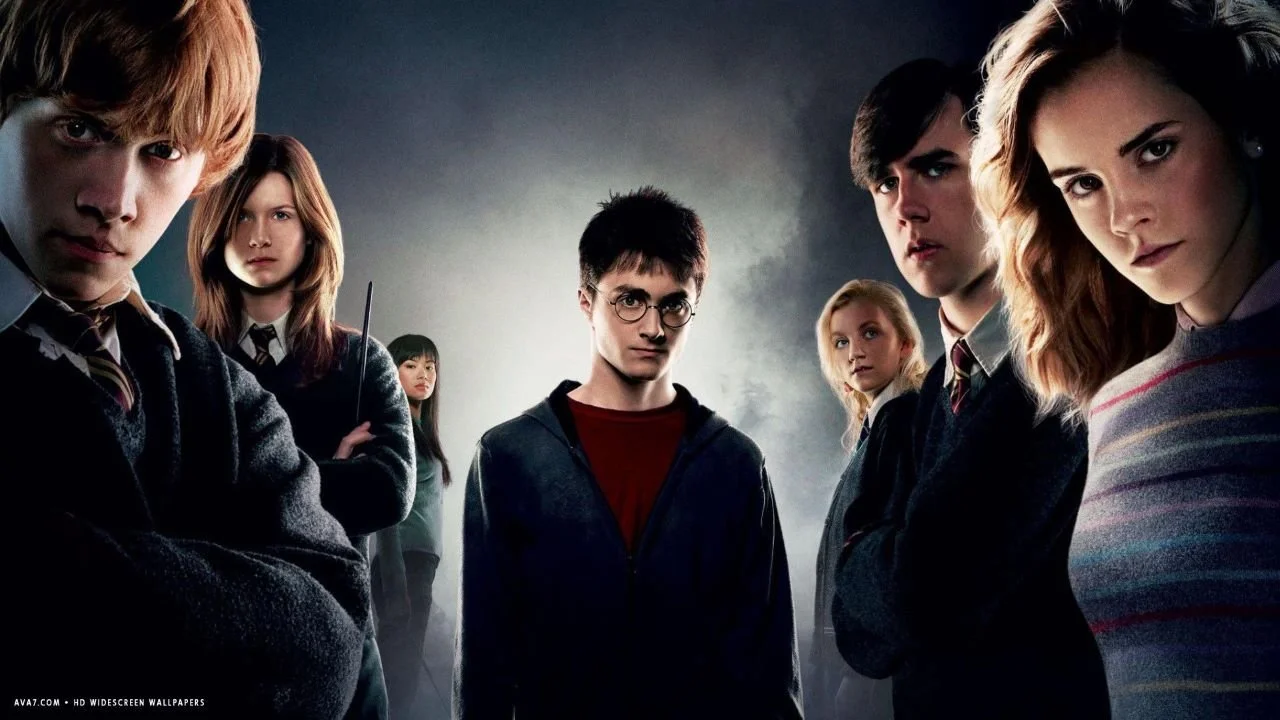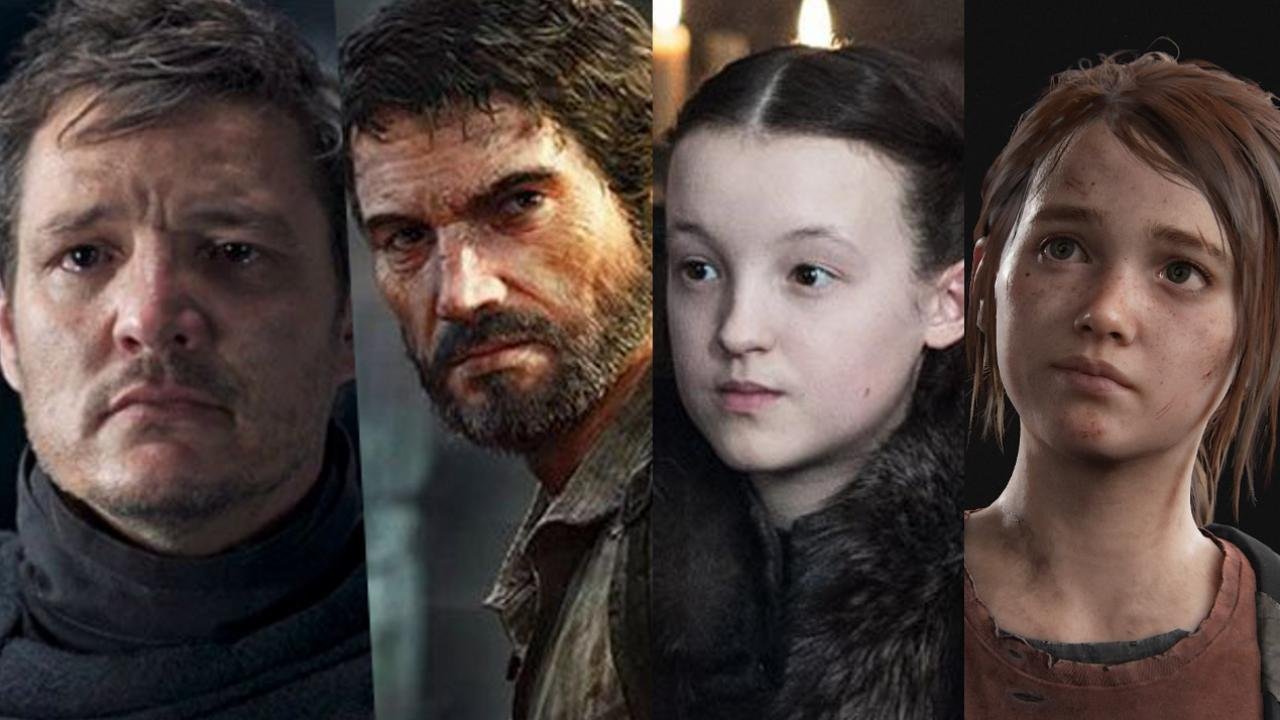7 Things From The Harry Potter Books We Wanted In The Films
The film industry has long looked to literature when trying to find its next blockbuster. During that time, readers of the world have had to accept one unfortunate truth that there are going to be some omissions. Some film adaptations do better than others at preserving the core story of their muse, but it is near impossible to portray certain aspects through a screen. Even famous stories such as Harry Potter are not exempt from having scenes, characters, and plot points left unused on the editing floor. Now Harry Potter is on the better end of the spectrum when it comes to maintaining story integrity, but there are still a handful of things that fans wish we could have seen come to life on the big screen.
1. Quidditch
During our collective journey into the wizarding world alongside Harry in The Sorcerer’s Stone (or Philosopher’s Stone depending on where you live), the world was introduced to a fast-paced, heart-pounding, and thrilling new sport, quidditch. In the books, we read as Harry chases the ever-elusive Hogwarts Quidditch Cup. With the exception of the fourth book’s Triwizard Cup, we were treated to Harry’s obsession with quidditch and how it impacted each book all the way up to The Half-Blood Prince. In the films, however, the mentions of quidditch became increasingly scarce as the series progressed to the point where Umbridge’s ban of the sport was only touched on slightly despite being a major plot point of The Order of the Phoenix. While it is understandable to cut down on the screentime of quidditch for more crucial storylines, a few more scenes could have made Harry and Ron’s onscreen victory more impactful.
RELATED:
2. The Full Telling Of James, Lily, and Snape’s Stories As Well As Their Friends
The past played a heavy role in Harry Potter. The relationships between James and Lily, Lilly and Snape, James and Snape, and James’s friends and Snape helped sculpt the present-day dynamic between many of the main characters. We got glimpses of it in the movies, but much was withheld from us. In The Prisoner of Azkaban, we missed out on the full explanation of James and Sirius being talented enough to secretly become Animagi in their fifth year in order to hang with the werewolf Lupin under the full moon, as well as the knowledge that James, Sirius, Lupin, and Peter Pettigrew were the creators of the Marauder’s Map. Both pieces of information were key in grasping just how good with a wand James and Sirius were in their youth. In addition, in The Order of the Phoenix it would have been awesome to witness the lead up to James removing “Ole Snivelly’s trousers.” For the vast majority of the series, James Potter was portrayed as a good-natured, kind man. However, when Harry entered Snape’s mind, we, for the first and really only time, saw James Potter as a cocky, arrogant bully. This actually leads to the next example.
3. Harry’s Identity Crisis In The Order Of The Phoenix
In The Order of the Phoenix when Harry witnessed his dad showing off, acting like he walked on air, and abusing Snape for no reason other than to quell Sirius’s boredom, it sent him on a spiral. The movie kept the theme, for the most part, attributing it more to Voldemort than to Harry’s self-doubt, but never truly drove it home like in the book. The notion that his father may not have been the shining white knight he always imagined did a number on Harry. This combined with Voldemort’s intrusions on his mind and his coping with Cedric’s death, our hero found himself at a low point. I personally would have loved to watch Harry grow so desperate for answers that he would break into Umbridge’s office just to have a conversation through her Floo Network with Lupin.
4. Tom Riddle’s Memories
Are you sensing a pattern? Sometimes in order to fit everything into a movie without having a lengthy runtime, you have to sacrifice depth. This is perhaps the most unfortunate example of it. Voldemort’s cryptic past was revealed to us through a series of memories, courtesy of Dumbledor’s Pensieve. It was here that we learn crucial details about Voldemort’s lineage, time at Hogwarts, and collecting of his Horcruxes. These moments helped us understand how the handsome, brilliant, and charming Tom Riddle grew into one of the most feared dark wizards in history. Sadly, the film only depicts Dumbledor’s initial recruitment of Tom Riddle and Riddle’s conversation with professor Slughorn. Given Voldemort’s obvious importance to the series as a whole, it would have been nice to see his entire story make the final cut.
5. Peeves And The Rest Of Hogwarts’ Ghosts
The role they play in the books may be minimal in terms of importance to the plot but who could say they were not upset that Hogwarts’ mischievous poltergeist was not seen terrorizing the students of Hogwarts and more importantly Filch. In a series where the tone continually got darker and graver as it progressed, Peeves brought a comedic element that the story benefited from. Not to mention that he had the honor of being called on by both the Weasley twins and Mcgonagall to protect the school (though in different ways). Along with Peeves, Slytherin’s house ghost The Bloody Baron was also absent, as well as the entire scene involving Harry attending Nearly Headless Nick’s death day anniversary, which would later serve as an alibi for his not being at the Halloween feast.
6. Winky
Of any forgotten character in the Harry Potter series, there may be none as important as Winky the house-elf. In fact, Winky’s role in The Goblet of Fire was so large that after removing her from the story, the film had to change many other aspects to make up for Winky’s absence. She was responsible for keeping an eye on Barty Crouch Jr., the reason for Dobby’s return to Hogwarts (which was also completely cut from the movie), and the one who explained Barty’s escape from Azkaban. But it was not just the story that Winky impacted. Winky’s maltreatment led to Hermione creating S.P.E.W., an organization completely devoted to improving the working and living conditions of house-elves. Winky and Dobby’s return in The Goblet of Fire also revealed to us that Hogwarts did not just run on any magic, but the magic of house-elves.
7. Voldemort’s True Demise
Last on this list is something that was not so much left out as it was altered. The movie version of Harry and Voldemort’s final showdown was definitely more of a visual spectacle that ended with Voldemort fading into nothingness. While it may have a cool look to it, I think it robbed us of one of the most powerful scenes in the series. In the book, with all their cards on the table and all their supporters nothing more than onlookers, Harry and Voldemort stood apart from each other as Harry delivered an end-all monologue chronicling all of Voldemort’s faults and flaws, telling him all the ways he went wrong in his endeavors. This version ended with Harry shocking everyone with the announcement of the Elder Wand’s true ownership and Voldemort being struck and left lifeless by his own rebounded killing curse. I think this was a much more climactic way to put an end to a villain as vile as Lord Voldemort. We all deserved to see his shriveled-up body in a corner, alone and separate from all those who fought to oppose him.
READ NEXT:



